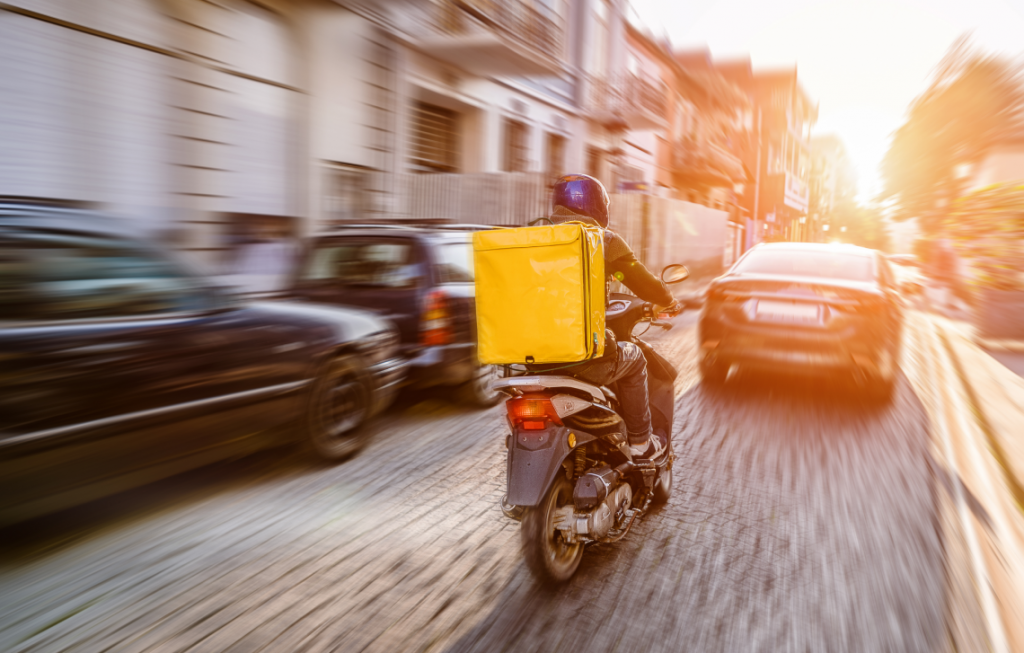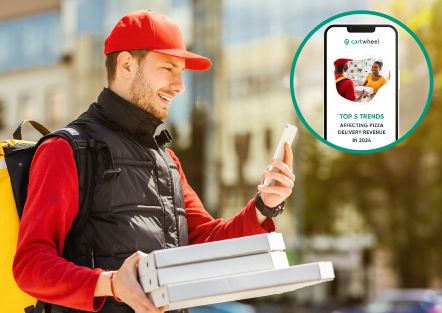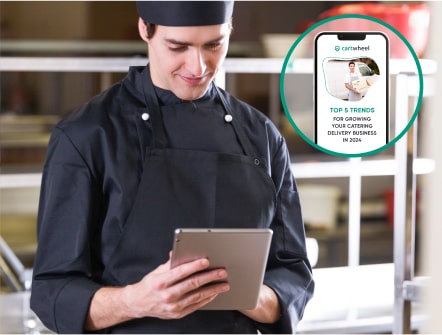
Last-mile delivery refers to the final stage of the delivery process, where the package is transported from a transportation hub to its final destination. The term “last mile” refers to the final stretch of the delivery journey, often considered the most critical and challenging part of the delivery process. This blog post will explore last-mile delivery, how it works, the most significant challenges faced, and how technology can overcome them.
The Last-Mile Delivery Process
The last-mile delivery process typically involves several steps, including:
Pickup: The package is picked up from the warehouse or distribution center.
Transportation: The package is transported from the warehouse or distribution center to a transportation hub, such as a sorting facility.
Sorting: The package is sorted and prepared for the final delivery.
Dispatch: The package is dispatched to the delivery driver or courier.
Delivery: The delivery driver or courier delivers the package to the final destination.
Last-Mile Delivery Tracking
Last-mile delivery tracking is essential to the delivery process, allowing customers to track their packages in real-time. This is typically achieved through GPS tracking devices placed on delivery vehicles or just the driver’s phone with an installed app. Customers can access this information through a tracking website or mobile app, which provides real-time updates on their delivery status.
Biggest Challenges
The biggest challenges faced in last-mile delivery include the following:
- Traffic congestion. Traffic congestion can significantly delay delivery times, leading to frustrated customers.
- Difficulty in reaching remote locations. Delivery drivers may struggle to reach remote locations, particularly in rural areas.
- Limited delivery windows. Customers may only be available to receive deliveries during specific times, which can be challenging for delivery companies.
- Theft and damage. Packages can be lost, stolen, or damaged during the delivery process, which can lead to customer complaints and negative online reviews.
Using Technology to Solve the Challenges
Technology can help to overcome many of the challenges faced in last-mile delivery. Some of the solutions include:
- AI-Route Optimization. AI-route optimization can help delivery companies plan the most efficient delivery routes, reducing the time and cost of delivery.
- Auto Dispatching: Auto dispatching can help delivery companies cut labor costs and reduce delivery times by automating the dispatch process.
- Outsourcing Less Profitable Orders: Restaurants can outsource less profitable orders to third-party delivery companies, reducing costs and improving delivery times.
- Reporting to Build and Improve Delivery Strategy. Delivery companies can use reporting and data analysis to build and improve their delivery strategy, reducing the time and cost of delivery.
- Improving Online Brand Reputation with Review Boosters. Brands can improve their online reputation by using a Google review booster, encouraging customers to leave positive reviews.
- Increasing Repeat Orders with Promo Banners. Delivery companies can increase repeat orders by using promotional banners and special offers, encouraging customers to order more frequently.
Trends
The last-mile delivery industry is rapidly evolving, with new technologies and solutions constantly emerging. Some of the latest trends include:
- Drones and Autonomous Delivery Vehicles. Drones and autonomous delivery vehicles are becoming increasingly popular as they offer faster and more efficient delivery times.
- Same-Day Delivery. Same-day delivery is becoming more popular as customers demand faster delivery times. This is particularly important for time-sensitive items like groceries or medical supplies.
- Subscription-Based Delivery Services. Subscription-based delivery services are becoming increasingly popular as they offer customers a convenient and hassle-free delivery experience. These services often provide a regular delivery schedule, reducing customers’ need to place individual orders.
In conclusion, last-mile delivery is a critical part of the delivery process, presenting several challenges for delivery companies and customers. However, with the help of technology can overcome these obstacles, leading to faster, more efficient, and more convenient delivery services.
To improve your last-mile delivery process, consider implementing some of the solutions discussed in this article, such as AI-route optimization, auto dispatching, and reporting to build and improve your delivery strategy. Doing so can enhance the customer experience, reduce delivery times and costs, and ultimately improve your bottom line.
Cartwheel specializes in last-mile delivery optimization for restaurants, ghost kitchens, liquor stores, cannabis dispensaries, and courier companies. If you have any questions about last-mile delivery or how to improve your delivery process, don’t hesitate to contact us. We would be happy to help!

